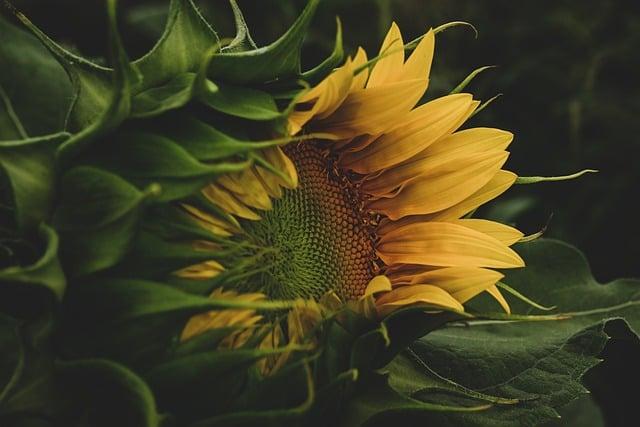- Introduction
- The History and Origin of Sunflowers
- Cultivation and Growth Conditions
- Uses and Benefits of Sunflowers
- Sunflower Symbolism and Cultural Importance
- Conclusion
- FAQs
- References
Introduction
The sunflower (Helianthus annuus) is one of the most distinctive and popular flowers in the world. Not only are they beautiful with their bright yellow petals, but they also have deep historical significance and numerous uses, from oil production to medicinal properties. In this article, we'll explore the rich history of sunflowers, their cultivation practices, their stunning versatility, and how they've held a special place in art and culture.
We’ll start by looking at the origin and history of this iconic flower before moving on to its ideal growing conditions. Then, we’ll dive into its many uses and benefits—ranging from nutritional benefits to industrial applications. Finally, we'll take a look at the symbolism and cultural meaning sunflowers carry worldwide.
The History and Origin of Sunflowers
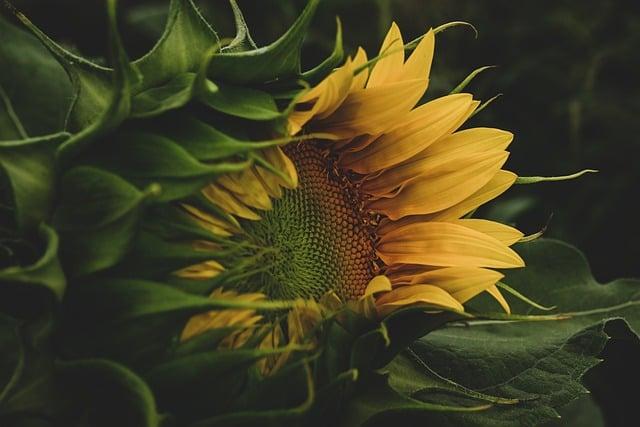
(Image: Pixabay/@akirEVarga)
The sunflower has a long and rich history that traces back thousands of years. Indigenous to North America, specifically areas across what is now the United States and Mexico, sunflowers were first cultivated by Native Americans around 2600 B.C. They were not just used for ornamental purposes; sunflower seeds were a significant source of food and were also utilized for their oil, dyes, and even as a component in medicinal remedies.
When Europeans arrived in North America, they were captivated by this radiant plant and took the sunflower back to Europe. By the time the 16th century rolled around, sunflowers were being grown widely across Spain, France, and eventually, Russia, where it became a staple crop known especially for sunflower oil production.
Sunflowers spread throughout various cultures, both for their aesthetic appeal and practical uses. Today, they continue to be cultivated globally, serving agricultural, commercial, and decorative purposes alike.
Despite their humble beginnings, sunflowers have made a tremendous impact on the farming and food industries across the world.
Cultivation and Growth Conditions
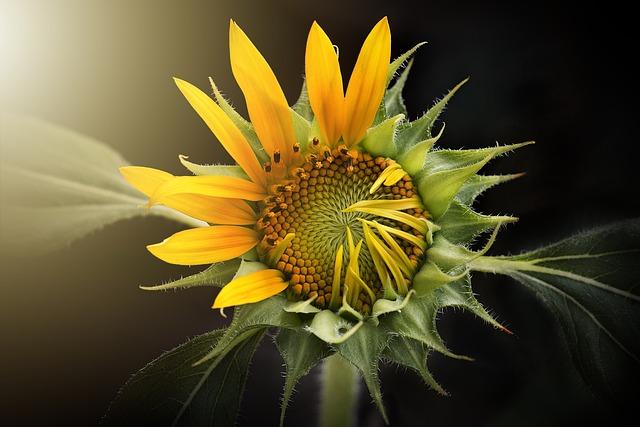
(Image: Pixabay/@bichnguyenvo)
Sunflowers are quite resilient and can grow under a wide range of conditions. However, for optimal growth, these plants prefer a temperate climate, with lots of direct sunlight—at least 6 to 8 hours per day—to fully develop their signature large flower heads. Because of this, they thrive in regions with long summers and good sun exposure.
Soil quality is another crucial factor; sunflowers do well in well-drained, loamy soil that’s rich in organic matter. They are relatively drought-tolerant once established but should not be waterlogged, as that can cause root rot and other issues. Maintaining consistent moisture, especially when seeds are germinating, is key to successful cultivation.
One of sunflower's most intriguing traits is known as heliotropism—their ability to turn their heads towards the sun in the early stages of development. As they mature, sunflowers settle into a fixed position, typically facing east. This unique characteristic aligns with the sunflower's name, which derives from two Greek words—‘helios’ meaning “sun” and ‘anthos’ meaning “flower.”
Farmers recommend planting sunflower seeds after the danger of frost has passed, usually in late spring. Sunflower plants are typically ready for harvest in late summer or early fall.
Uses and Benefits of Sunflowers
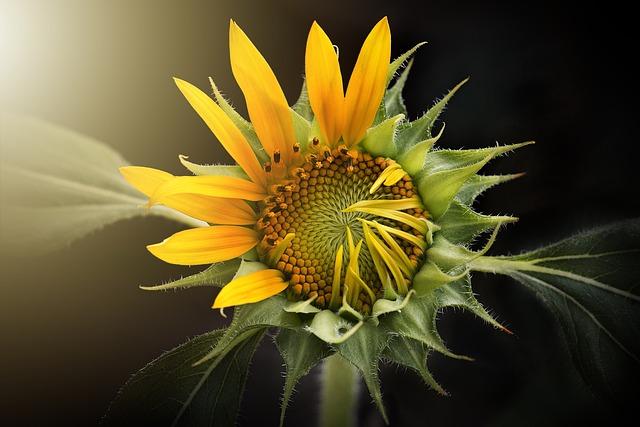
(Image: Pixabay/@bichnguyenvo)
Sunflowers have incredibly diverse uses, starting with their nutritional benefits. Sunflower seeds are packed with healthy fats, protein, and fiber, making them a popular snack choice. They are also a great source of vitamin E, magnesium, and antioxidants, contributing to improved heart health and reducing inflammation. You might find sunflower seeds in cereals, breads, or used as dietary supplements.
Beyond consumption, perhaps the most economically significant sunflower product is sunflower oil. Extracted from the seeds, sunflower oil is widely used in cooking and frying because of its light flavor and high smoke point. Many processed foods contain sunflower oil as an ingredient, and it is even found in cosmetics and soaps due to its hydrating properties.
Industrial agriculture also makes use of sunflower plants in biodiesel production, animal feed, and even as mulch. The stalks of the sunflower are remarkably strong and have been utilized in construction and other manufacturing practices.
The vibrant sunflower petals are also used in natural dyes and decorations. Native American cultures traditionally used these petals to dye clothing and art, while today, dried sunflower petals are a favorite in flower arrangements and handicrafts.
Sunflower Symbolism and Cultural Importance
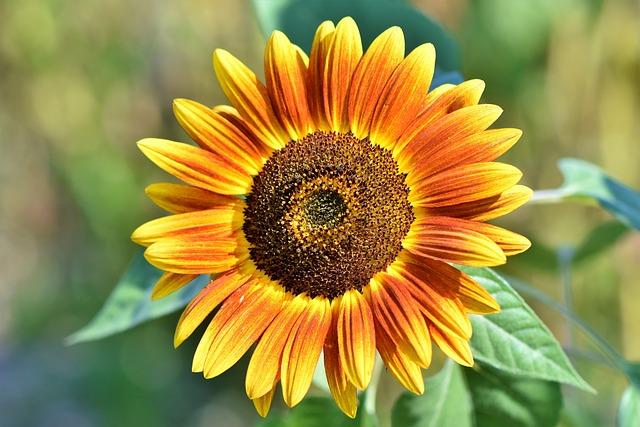
(Image: Pixabay/@Ralphs_Fotos)
The sunflower's bold yellow blooms are often associated with warmth, vitality, and positivity, making it a universal symbol for hope and happiness. In many cultures, sunflowers represent admiration, loyalty, and longevity because of the flower’s resemblance to the sun and its heliotropic nature.
In art history, sunflowers have been a favorite subject for painters like Vincent Van Gogh, whose "Sunflowers" series is one of the most famous collections featuring the flower as a primary subject. For Van Gogh, the sunflower symbolized gratitude and happiness, often interpreted as reflections of his internal struggles and aspirations.
Throughout history and in modern usage, the sunflower remains a symbol of optimism. Some cultures believe sunflowers bring prosperity and good luck, while others see the flower as a reminder to always stay oriented toward positivity and growth, much like the way sunflowers track the sun.
Sunflowers are often used today in ceremonies—whether as gifts, in weddings, or adorning homes during the summer months. Their bright appearance sparks joy and their presence encourages connections to nature and the light.
Conclusion
The sunflower is far more than just a beautiful flower; it is a versatile, robust plant that has served humanity for thousands of years. From its humble origins in North America to spreading across the globe, its uses go far beyond aesthetics. Whether you grow them for their seeds, oil, or simply to enjoy their cheerful blooms, sunflowers hold an enduring and important place in the world.
The next time you see a sunflower, remember its journey through history, its intricate relationship with the sun, and the abundant benefits it continues to offer. It truly is a gift of nature woven into countless aspects of human life, performing roles in nutrition, medicine, and even culture.
FAQs
What is the native origin of the sunflower?
Sunflowers are indigenous to North America, specifically regions across the present-day United States and Mexico, where they were first domesticated by Native Americans around 2600 B.C.
How long does it take for a sunflower to grow?
Sunflowers reach maturity between 80 to 120 days depending on the climate and growing conditions. They thrive under full sun with plenty of light exposure.
Can sunflowers grow in potted conditions?
Yes, dwarf varieties of sunflowers can be grown in pots, making them accessible for anyone with limited yard space. Ensure they receive sufficient sunlight and proper drainage to flourish.
Are sunflower seeds edible for humans and pets?
Absolutely! Sunflower seeds are a nutritious treat for humans. However, if feeding them to pets, ensure they are unsalted and free from additives, as salt can harm animals.
What is the significance of sunflowers in culture?
Sunflowers symbolize positivity, loyalty, and longevity in many cultures. They are also immortalized in paintings and are often linked to admiration of the sun due to their heliotropic qualities.

